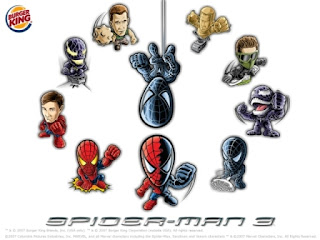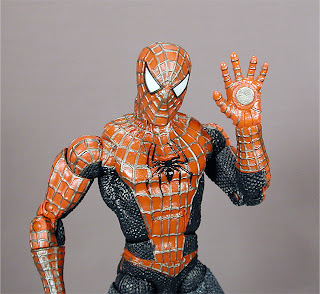When the author of these shots saw another collection of slow-down photos for a billionth time, some strange desire has been borne within him and just a bit after already no one could still this hunger of his as he decided to try the tricky thing by himself and find out what is what. He was quite well-prepared and attacked the thing with all his care: precise timing, a sea of dodgy devices and his own bright head that helped him a lot with such intricate calculations he was in need to make.

To make pictures of such a kind, short exposure is not the main thing you need to care about. The most important thing is the ideal synchronizing of your camera with the thing you’re taking picture of. During the tests it was found out that typical exposure time DSLR camera has is 100 mSecs and nine times out of ten that figure varies greatly. Of course, one cannot even talk about auto focus, as it can increase the time of taking a shot for 0.5 second or more. Shots with water are the easiest ones. In spite of their seeming evanescence (tens or hundreds mSecs, depending on their size), figures of such shapes last longer than any others.

After sweating a few days with synchronizing thing, the author decided to take totally different technique up: you must take pictures in the dark using long exposure and to flash the photographed thing up in the right time. On this picture you can see mandarin orange pierced with an air rifle bullet. Grey line on the bottom right corner is a trace of the bullet (the shot was made with 1\4000s flash duration.)
All that is alright and quite actually clear, though there is one solid question: how does synchronization system work? For sure, this man is not Superman and can’t pull the trigger by himself as he won’t even notice the bullet.
There are 2 major methods, acoustic and visual one. Acoustic method is the best for any processes accompanied with noise. You take a microphone and fasten it somewhere near with the photographed object and when the bullet hits a target, mic catches the sound and trigger pulls automatically. But it has one drawback, poor accuracy and also you need to mind the speed of sound as for 1 mSec sound can cover just 33 cm (~13 inches.)
Visual method is good for its exact accuracy. You need to make the bullet and the photographed object (or some of its remains after the hit) cross the laser light to pull the trigger. Most of the shots presented in the post were made like that.
That is almost all you need to have to make such pictures, except a bunch of sophisticated devices on hands and a clear head of yours.





































































































